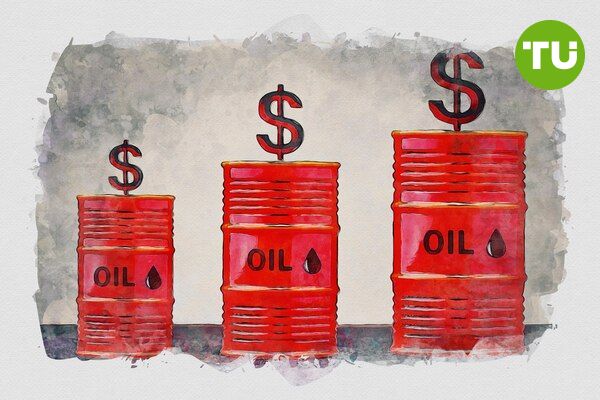Oil markets react to U.S. sanctions on Iran and China’s retaliatory tariffs
 WTI crude struggles near $72
WTI crude struggles near $72
Oil prices remained under pressure, with West Texas Intermediate (WTI) crude hovering near $72 per barrel as markets reacted to U.S. President Donald Trump’s directive to tighten sanctions on Iran and China’s retaliatory tariffs on U.S. energy imports. While initial losses were driven by China imposing a 10% tariff on U.S. crude and a 15% tariff on liquefied natural gas (LNG), oil prices clawed back some losses as geopolitical tensions in the Middle East resurfaced.
Trump's "maximum pressure" campaign on Iran is aimed at cutting the country’s oil exports to zero as part of renewed efforts to curb Tehran’s nuclear ambitions. The move could potentially disrupt 1.5 million barrels per day of Iranian crude supply, fueling concerns about tighter global oil markets.
USOIL price dynamics (Jan 2025 - Feb 2025) Source: TradingView.
U.S. inventory build adds to bearish sentiment
Despite geopolitical risks, oil prices faced headwinds from rising U.S. crude inventories. The American Petroleum Institute (API) reported a 5.025 million barrel increase in crude stocks for the week ending January 31, significantly exceeding market expectations of a 3.17 million barrel build. Meanwhile, gasoline inventories surged by 5.4 million barrels, signaling weaker demand.
The U.S.-China trade dispute also contributed to oil market uncertainty. While tariffs on U.S. energy exports to China represent a small fraction of global demand—China imported just 1.7% of its crude from the U.S. in 2024—the broader trade war threatens economic growth, potentially dampening energy consumption.
Market outlook remains mixed
Oil prices could see continued volatility as traders weigh the impact of Iran supply risks, U.S. crude stockpiles, and trade policy developments. While OPEC+ reaffirmed its commitment to gradual production increases from April, the U.S. Energy Information Administration (EIA) has been removed from OPEC’s monitoring sources, adding uncertainty to supply assessments.
WTI crude faces resistance near $74.50, while support remains around $70.50. Further declines below $70 could trigger additional selling pressure, while a sustained rally above $73.50 may signal renewed bullish momentum.
As previously discussed the oil market continues to navigate geopolitical tensions, trade uncertainties, and shifting supply dynamics, with U.S. policy decisions and Chinese trade actions shaping future price movements.













































































































































